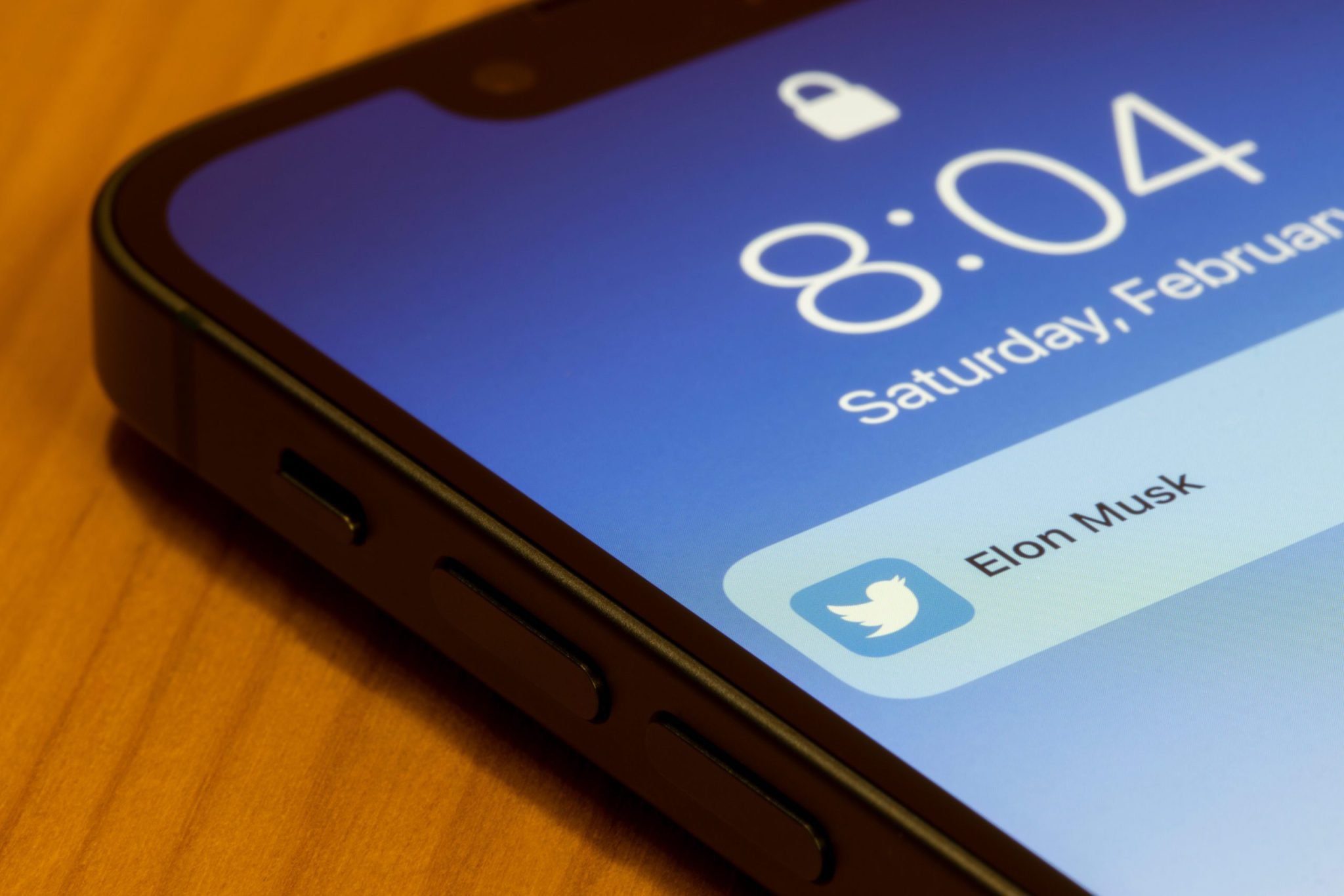Twitter’s Controversial Move: How Temporary Tweet Limitations Impact Users and Businesses
In a surprising move, Twitter recently implemented a temporary rate limit that restricts the number of tweets users can view each day. This unexpected change has sparked discussions and debates among social media enthusiasts and businesses alike. In this blog post, we’ll delve into Twitter’s decision, its potential consequences, and the AI-related content from the BBC article titled “Twitter to limit number of tweets users can view daily“, shedding light on the reasoning behind this significant development.
Twitter’s decision to impose temporary tweet limitations threatens to hinder user engagement and overall experience on the platform. By restricting the number of tweets users can view, it impedes the flow of real-time information, breaking the dynamic nature that Twitter is renowned for. Users may miss out on important updates, breaking news, and valuable conversations, resulting in a less immersive and engaging experience.
For businesses, Twitter has been a valuable platform to connect with customers and reach a wider audience. The introduction of tweet limitations presents a significant challenge to their outreach efforts. It restricts the visibility of businesses’ content, hindering their ability to engage with existing customers and attract potential customers. Reduced visibility can lead to decreased brand exposure, diminished customer interactions, and potentially impact the overall success of marketing campaigns.
Twitter has become an essential avenue for customer support, allowing businesses to respond promptly to inquiries and resolve issues publicly. With the tweet limitations, businesses may struggle to address customer concerns efficiently. Limited visibility could lead to delayed responses, which may frustrate customers and harm the perception of a brand’s customer service quality.
Small businesses often rely on social media platforms, including Twitter, to establish their online presence and compete with larger competitors. The implementation of tweet limitations poses a disproportionate burden on smaller enterprises with limited resources. Restricted visibility makes it challenging for small businesses to gain traction, reach their target audience, and effectively compete for customer attention.
Twitter’s tweet limitations could also impact businesses’ advertising efforts on the platform. Reduced visibility makes it harder for promoted tweets and advertisements to reach their intended audience. With fewer tweets available for users to view, businesses may experience lower click-through rates, diminished return on investment (ROI), and ultimately, a loss of potential customers and revenue.
Conclusion: Twitter’s recent decision to introduce temporary tweet limitations has raised concerns among users and businesses alike. By hampering user engagement, impacting businesses’ outreach efforts, and posing challenges to customer support, the change is perceived as detrimental to both users and businesses who rely on Twitter as a powerful communication channel. The restrictions on tweet visibility hinder the real-time flow of information and present significant obstacles for businesses aiming to reach and engage their target audience effectively.
While Twitter may have valid reasons for implementing these limitations, it is crucial for the platform to consider the potential negative consequences for users and businesses. Striking a balance between combating misuse and preserving the vibrant nature of the platform should be a priority. Only through such considerations can Twitter ensure that it continues to be a valuable tool for users and businesses to connect, engage, and thrive in the digital landscape.
Please note that the information and analysis in this blog post are based on the provided BBC article and the context available at the time of writing.


